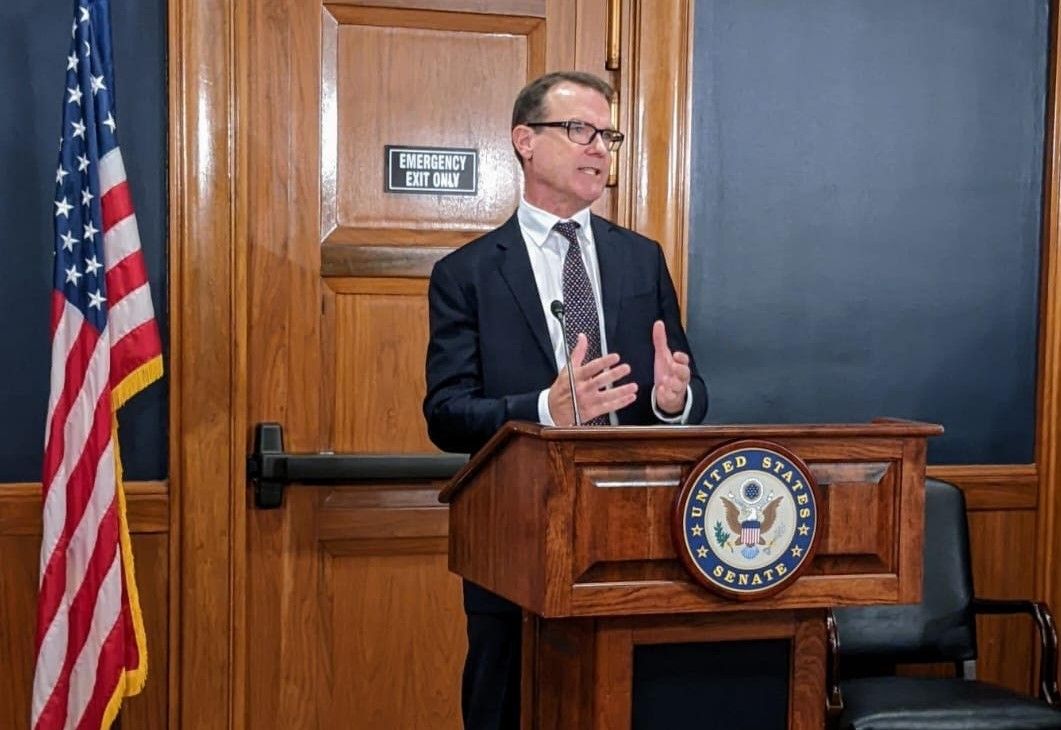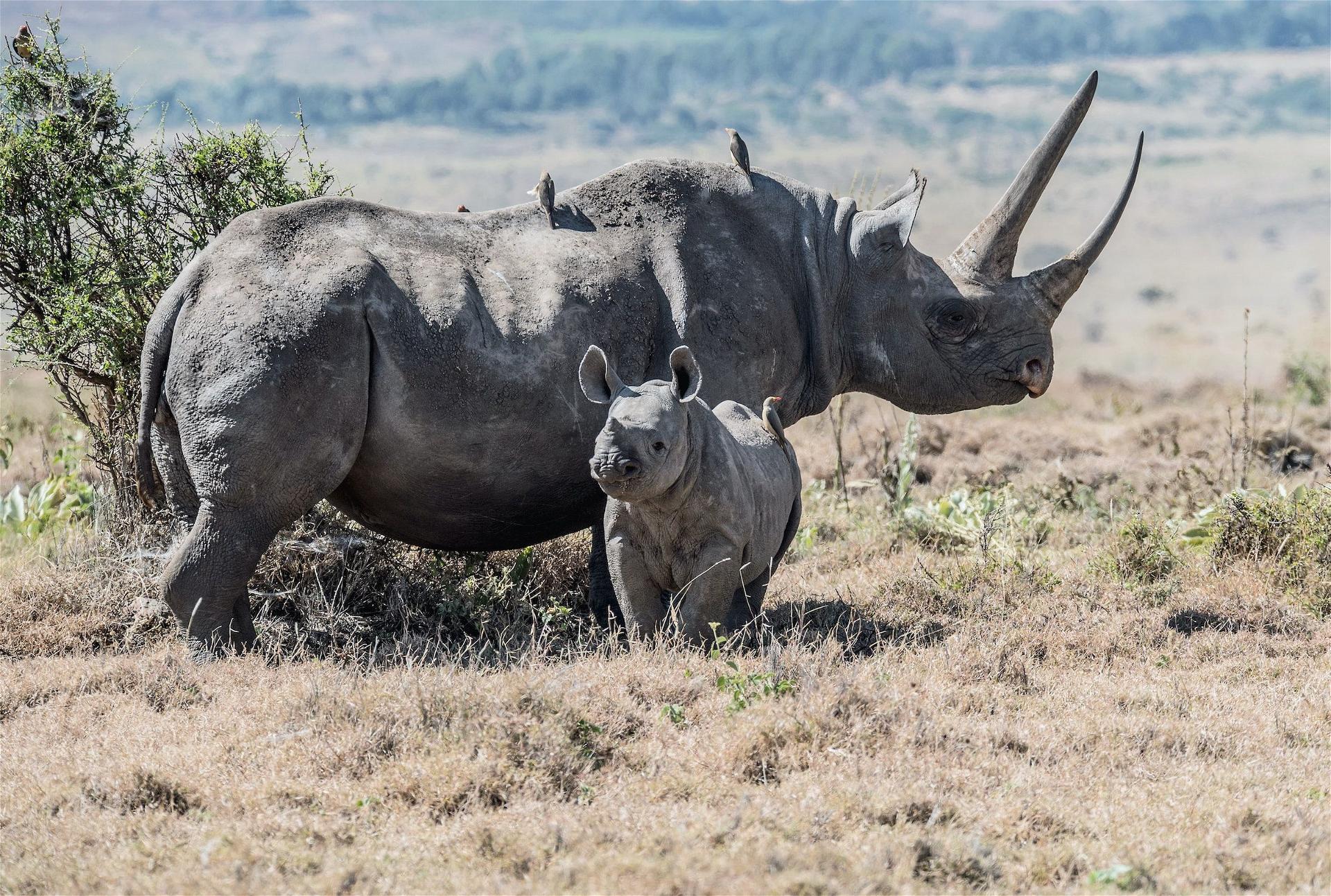· 5 min read
This article captures the speech made during the International Conservation Caucus Foundation Group (the ICCF Group) Congressional Reception held on 28 February 2023 on Capitol Hill, Washington DC, to commemorate the 50th Anniversary of the signing of the Convention on International Trade in Endangered Species of Wild Fauna and Flora (CITES). Attendees included Senator Chris Coons, Congressman John Garamendi and US Fish and Wildlife Service Director, Marth Williams.
Thank you to the ICCF Group for hosting today’s event and for inviting me.
It’s fabulous to be back in DC. There could be no better place than here in the US and at the US Congress to help celebrate CITES 50th Anniversary with you.
The signing of CITES in Washington DC in 1973 is intertwined with a great story of strong, inclusive and effective US leadership to help bring CITES into existence – and this evening I’d like to briefly reflect on the rich history of CITES, and to then make some remarks on the present and the future.
This story starts long before 1973. It starts back in 1963 in Nairobi, Kenya at the IUCN General Assembly where a resolution was adopted on the need for an international convention to regulate international wildlife trade. It was this resolution that got negotiations underway.
Around the same time, the US Congress was conducting a major review of the Lacey Act, and, after several years of hearings, the Congress amended the Lacey Act in 1969. These amendments directed the Secretaries of Interior and State to "seek the convening of an international ministerial meeting" to conclude "a binding international convention on the conservation of endangered species" and Congress also appropriated funding for the meeting.
For a variety of reasons progress in convening a meeting concluding a convention was slow and two competing draft convention texts had emerged, one from the IUCN and the other from Kenya.
The process was reinvigorated in 1972 at the UN Conference on the Human Environment in Stockholm, Sweden, which adopted a recommendation that a plenipotentiary conference be convened “as soon as possible” to prepare and adopt an international convention on wildlife trade.
The US Congress had already supported such a conference, and the US Government agreed to host a Plenipotentiary Conference here in Washington DC in February 1973. It was co-hosted by the US Department of State, with the Department of the Interior, and called ‘the World Wildlife Conference’.
But the US did not just host the Conference. It played a lead role in getting a successful outcome.
It presented a compromise draft Convention text, which Delegates from the 88 States in attendance chose to move ahead with as the basis for negotiations.
It also shared its own figures on imports into the US in 1969 to help make the case for why an international convention was needed – and these figures were nothing short of staggering. They included the import of just under 8,000 leopard skins, close to 1 million live birds and over 1.4 million live reptiles – and the import of almost 99 million live fish.
The CITES text was concluded and signed on 3 March 1973, and since 2014, 3 March has been celebrated as UN World Wildlife Day – so it’s also the 10th anniversary of World Wildlife Day.

We are here to celebrate this significant achievement, which happened during a time of great geopolitical tension. It was the height of the Cold War. Notwithstanding, States reached an agreement – and we pay tribute to the negotiators from across every region for agreeing on a text that has stood the test of time.
CITES entered into force just over two years later, on 1 July 1975 – and the US was the first State to join the Convention, which today has 184 Parties.
So, looking at the present. Has CITES been a success? There has been a lot of international environmental law making over the past 50 years, with varied levels of success. Looking at CITES, it is still far from perfect – there remain some serious gaps in national legislation, with scientific capacity, reporting, enforcement and with the paper permitting system.
However, notwithstanding these imperfections, CITES is rightly regarded as one of the most successful of all international environment-related agreements – and after 50 years we can say that CITES efforts to ensure legal and sustainable wildlife trade, have benefited elephants, rhinos, whales, sea turtles, parrots and thousands of other species of wild animals and plants threatened by illegal, unregulated and unsustainable trade.
These successes in addressing wildlife trade need to be measured against the enormous challenges that still lie ahead of us, with one million species predicted to go extinct over the coming decades – including through over exploitation, the heightened risk of further wildlife-related pandemics, and the scourge of wildlife crime, the impact of which is valued by The World Bank at between $1-2 trillion annually.
CITES was designed 50 years ago to regulate trade in certain species, not fight transnational organised crime. The stakes are high and to end wildlife crime we must now embed tackling it into the international criminal law framework. It’s not a trade issue. It’s a crime issue.
As in 1973, making this happen requires ambition and leadership and, just two weeks ago, the American Bar Association adopted a Resolution encouraging the US to take a lead in developing a new international agreement to tackle wildlife crime under the UN Convention against Transnational Organised Crime.
Colleagues, many challenges still lie ahead of us but CITES has provided a step in the right direction. It is fitting to commemorate the 50th Anniversary of CITES here at the US Congress, to acknowledge the leadership role played by the US, recognise the progress we have made over the last 50 years, and to also take this opportunity to encourage a renewed sense of ambition and leadership in taking the bold steps that are needed to finally end the scourge of wildlife crime.
illuminem Voices is a democratic space presenting the thoughts and opinions of leading Sustainability & Energy writers, their opinions do not necessarily represent those of illuminem.






